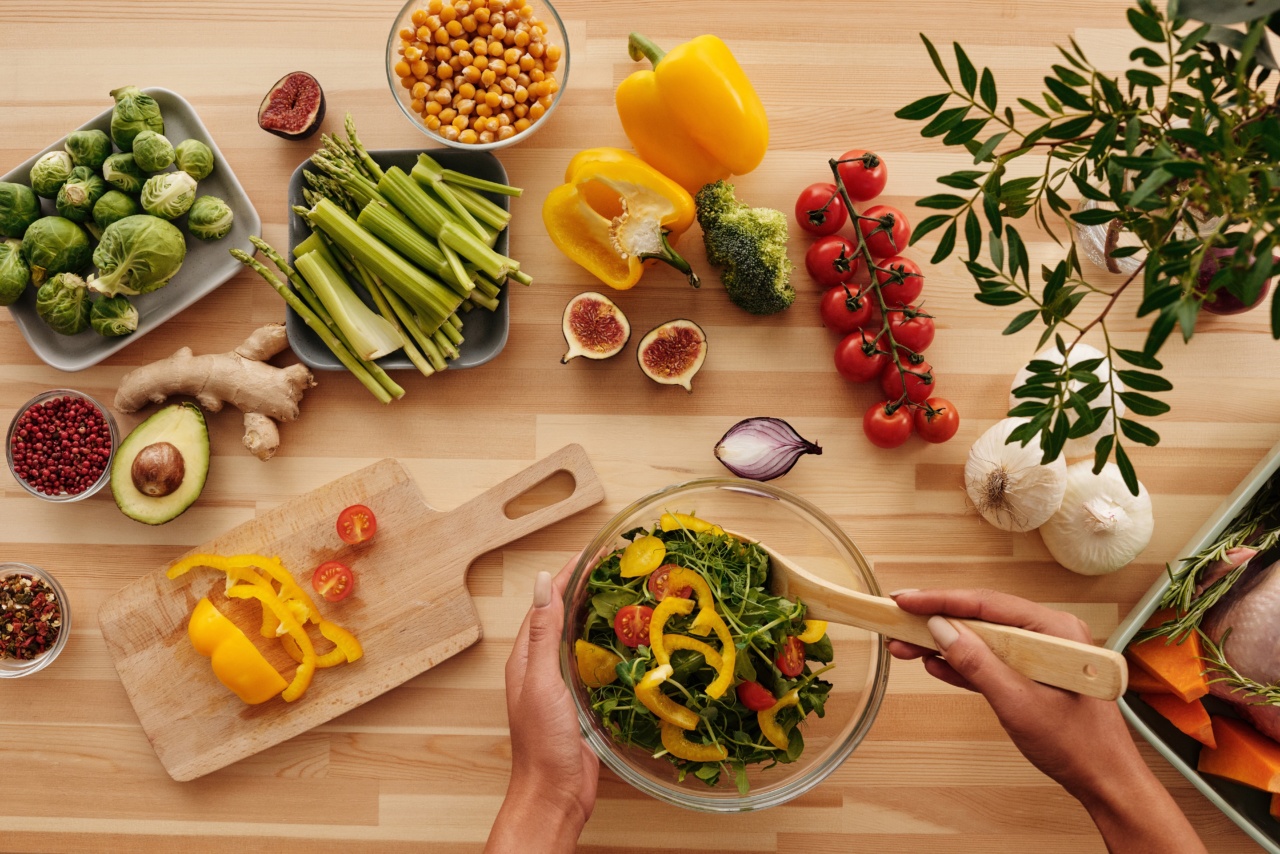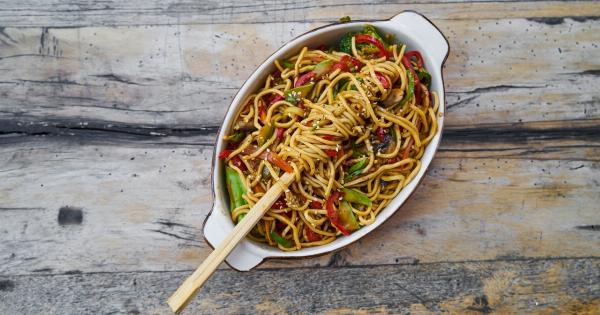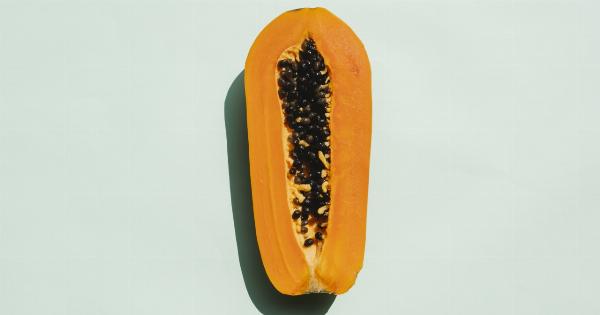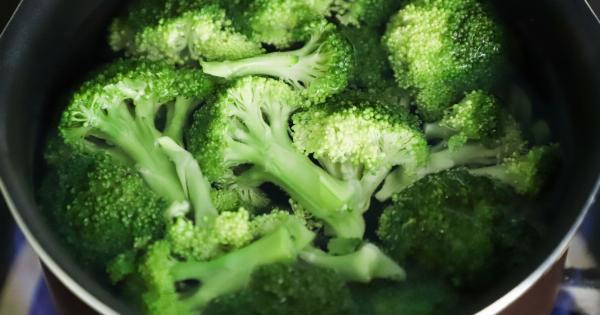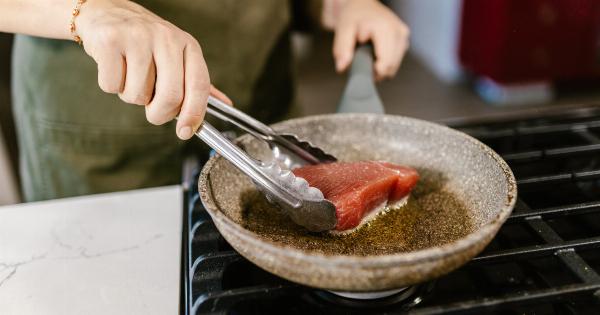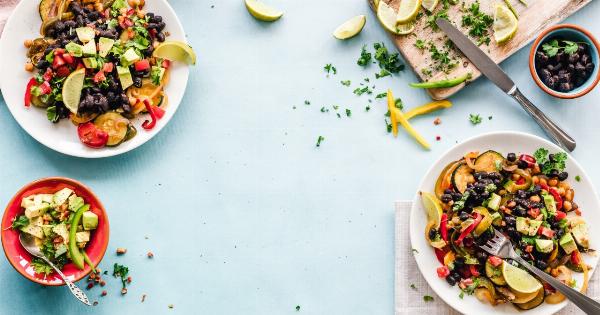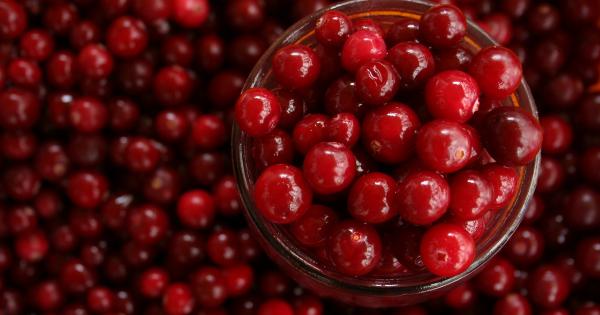Cooking vegetables is an essential part of everyday meal preparation. However, many people are unaware that certain cooking methods can lead to a significant loss of vital nutrients in vegetables, including vitamins.
This article will guide you on how to retain the maximum amount of vitamins while cooking vegetables, ensuring that you and your family benefit from their nutritional value.
1. Opt for Steaming
Steaming is regarded as one of the best cooking methods to preserve the nutrient content of vegetables. Unlike boiling, steaming doesn’t involve submerging the vegetables in water.
It instead relies on the hot steam to cook the vegetables, minimizing nutrient loss. Steaming helps retain water-soluble vitamins, such as vitamin C and B vitamins, which are often delicate and prone to degradation through heat and water exposure.
2. Try Stir-Frying
Stir-frying is another excellent option for maximizing the vitamin content in vegetables. This method involves cooking the vegetables quickly over high heat, ensuring they retain both their flavor and nutrients.
The short cooking time helps retain the water-soluble vitamins, while the high heat helps preserve the texture and color of the vegetables.
3. Use Minimal Water for Boiling
If boiling your vegetables is your preferred cooking method, minimize the amount of water used. Vitamins are easily leached out into the cooking water, so reducing water usage can help retain more nutrients.
Additionally, it’s advisable to cut the vegetables into larger pieces when boiling, as smaller pieces have a greater surface area that exposes more vitamins to the water.
4. Save and Reuse Cooking Water
If you do boil your vegetables, consider saving and reusing the cooking water. Many vitamins leach into the water during boiling, and by reusing it, you can retain some of these lost nutrients.
The cooking water can be used as a flavorful base for soups, stews, or as a liquid component for cooking grains like rice or quinoa.
5. Opt for Microwaving
Microwaving is a quick and convenient cooking method that helps to preserve the nutrient content of vegetables. This method uses minimal water and cooks the vegetables rapidly, helping to retain water-soluble vitamins.
Microwaving also prevents excessive heat exposure, which can lead to nutrient loss.
6. Embrace Raw, Fresh Vegetables
Raw vegetables are packed with vitamins and other nutrients since they haven’t been exposed to any significant heat.
Incorporating raw vegetables into your diet offers a range of health benefits while ensuring you receive optimal amounts of vitamins. Consider adding fresh vegetables to salads, wraps, or using them as toppings in various dishes to enjoy their full nutritional benefits.
7. Preserve the Skin
When cooking vegetables that allow for it, such as potatoes or carrots, it’s best to leave the skin intact. The skin acts as a natural barrier, protecting the nutrients from being lost during cooking.
Washing vegetables thoroughly and scrubbing them gently will remove any dirt or contaminants while keeping the skin intact.
8. Optimize Storage Techniques
The way vegetables are stored can affect their vitamin content. Exposure to air, light, and heat can degrade vitamins over time. To ensure maximum vitamin retention, store vegetables properly.
This generally involves keeping them in a cool, dark place, such as the refrigerator, and avoiding prolonged exposure to light or heat.
9. Consider Blanching
Blanching is a cooking technique that involves briefly immersing vegetables in boiling water, then quickly transferring them to ice-cold water to halt the cooking process. This method helps retain the color, texture, and nutrients of the vegetables.
Blanching is particularly useful when cooking vegetables that will be frozen for later use, as it can help maintain the vitamin content during storage.
10. Minimize Excessive Heat Exposure
Excessive heat exposure can lead to significant vitamin loss in vegetables. To minimize this, ensure your cooking time is as short as possible while still achieving the desired tenderness.
Additionally, avoiding high temperatures and prolonged cooking times can help preserve the vitamins.
